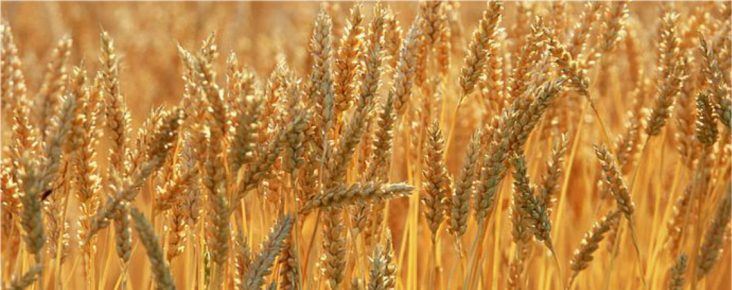Grain, fertilizer, fuel prices impacted by Russian war in Ukraine
by March 7, 2022 4:49 pm 1,162 views

Russia’s invasion of Ukraine has impacted many economic sectors on a global scale and agriculture will be directly affected on several fronts. Grain markets have become more volatile and high fertilizer and fuel prices are going even higher.
Russia and Ukraine account for about 29% of global wheat trade and Russia is the world’s top wheat exporter. Ukraine accounts for about 16% of global corn exports. Scott Stiles, agricultural economist for the University of Arkansas System Division of Agriculture, said the situation will offer both opportunities and hardships for growers in Arkansas and elsewhere.
“Over the past week, prices for the major grains traded to new highs,” Stiles said. July wheat futures contracts rose to $9.42-3/4 on Feb. 25 — the “highest the July contract has traded since February 2011.”
However, “grain trading following the full invasion has been incredibly volatile,” he said, with July wheat contracts moving 93-cents in one trading session, from $8.50 to $9.42-3/4. Corn futures have been similarly turbulent, ranging from $5.94 to nearly $6.64 during Feb. 24-25 trading. Stiles said the market movement is “unheard-of and gut-wrenching for growers and end-users alike.”
The Ukrainian government shut down commercial trade at its ports on the eve of the invasion. Cargill, ADM, Bunge and other privately-owned grain companies have suspended operations in Ukraine.
“At least for the moment, Russian exporters are still fulfilling existing contracts and ships are departing,” Stiles said. “From what I can gather today, the overwhelming majority of world grain importers are not making any new deals with Russia.”
Stiles said major wheat importers are looking at other sources outside the Black Sea region.
“In the near term, Australia, Canada, the EU and Argentina will see an uptick in wheat exports first,” he said. “The United States may see some increase in wheat exports as well.”
Both China and the European Union have historically been major purchasers of corn from Ukraine — a market gap U.S. producers will likely have the opportunity to fill. While South America typically exports some amount of corn each year, those supplies won’t be available for a few more months, Stiles said.
“Before the Ukraine-Russia situation was very concerning, corn and soybean futures had already been on edge due to a drought in key areas of South America,” Stiles said. “Weather issues in south Brazil and northeast Argentina kicked off a soybean price rally in early December.”
Prices for corn and soybeans have risen steadily since late 2021, as global supplies of both crops have tightened. Cotton and rice prices are likewise at multi-year highs.
“There’s plenty of competition for acreage this year,” Stiles said.
The conflict is pushing fuel and fertilizer prices even higher, at a time when some input costs have already risen 300% or more over the previous year.
“Russia is the world’s largest fertilizer exporter,” Stiles said.
After a brief period of moderation in January, U.S. Gulf prices for di-ammonium phosphate increased steadily throughout February, increasing about 20% in total.
“Gulf urea prices were very volatile last week, trading in a $175/ton range,” Stiles said. “Following the invasion news, Gulf urea prices traded to $705/ton, which hasn’t been seen since early January.”
Belarus, an ally to Russia that borders Ukraine to the north, is the third-largest global potash producer, accounting for 18% of global production.
“Potash prices have now increased for three straight weeks,” Stiles said. “Belarus is a land-locked country and has had a transportation agreement with Lithuania for rail movement of potash to a port on the Baltic Sea, but that agreement ended Feb. 1. Belarus is currently without port access.”
Oil prices traded at more than $122 per barrel on Monday (March 7) after it spiked for a short time to $130 per barrel. Gas prices inched towards all-time highs across the U.S. at $4 per gallon. Diesel prices are even higher and several analysts predict oil could rise to $200 a barrel before the conflict is over.
Russia produces about 10% of oil traded on international markets. U.S. President Joe Biden is mulling a ban of all Russian oil and gasoline exports which would likely push overall prices even higher.
Rising fuel prices will undoubtedly have to be factored into planting decisions this spring, Stiles said. There is always a degree of volatility in agricultural commodity trading, given the unpredictability of weather and trade disputes, Stiles said. The introduction of a war that disrupts global grain and energy trade, however, is truly a “black swan” event.
“A lot depends on how long the conflict lasts,” Stiles said. “In the near term, it appears Russia and Ukraine will both be out of the global grain market. That is having an impact not only on grain, but energy and fertilizer prices as well.”
